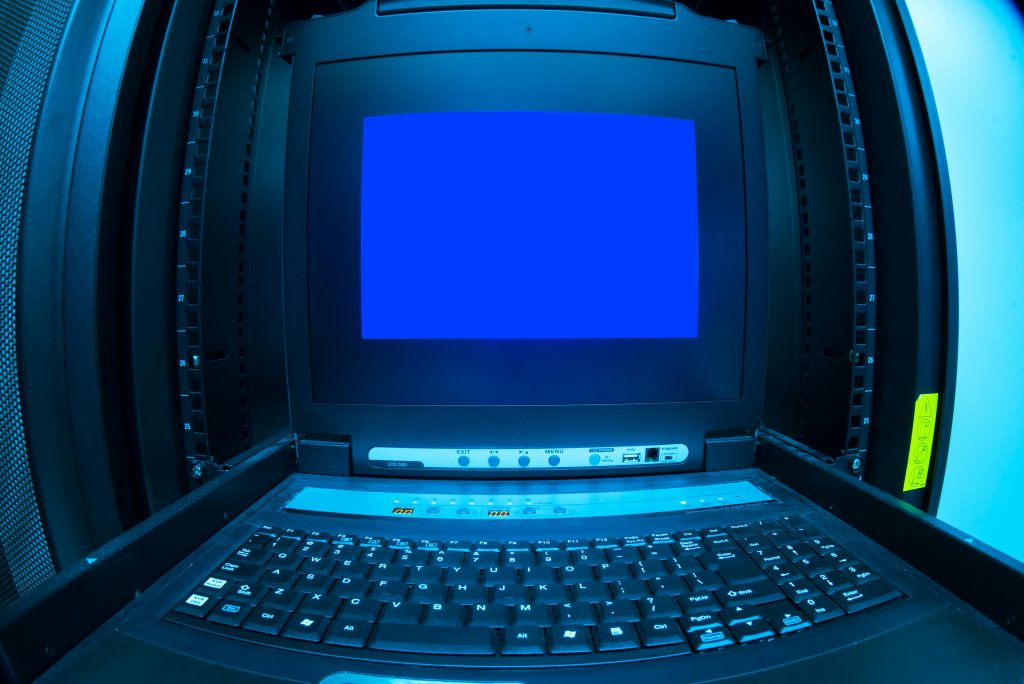Opening mbox files in Thunderbird without an email account can be tricky because Thunderbird’s “Local Folders” section often doesn’t appear until an account is configured. However, there are a couple of workarounds you can try:
Method 1: The “Dummy Account” Method
This is a common and reliable method. The goal is to get Thunderbird to create the necessary “Local Folders” directory by setting up a temporary, fake email account.
- Install Thunderbird: If you don’t already have it, download and install Thunderbird.
- Start Thunderbird and Set Up a Fake Account: When you first open Thunderbird, it will prompt you to set up an email account.
- Enter a name (it can be anything).
- For the email address and password, you can enter a fake address like
[email protected]and a random password. - Thunderbird will likely fail to configure the account automatically. Click “Configure manually.”
- You can then enter some fake server settings, such as
imapand a non-existent server address. The goal is just to get past the setup wizard and create a profile. - Once you’re done, Thunderbird will have created a profile with the “Local Folders” visible in the left sidebar.
- Install ImportExportTools NG Add-on:
- In Thunderbird, go to the menu (the three horizontal lines icon) and select Add-ons and Themes.
- Search for “ImportExportTools NG” and install it. This add-on is essential for importing mbox files.
- Import the MBOX file:
- Right-click on the Local Folders in the Thunderbird sidebar.
- Hover over ImportExportTools NG.
- Select Import mbox file.
- Choose the option to “Import directly one or more mbox files.”
- Navigate to the location of your mbox file, select it, and click Open.
- View Your MBOX File: The mbox file will be imported and will appear as a new folder under “Local Folders.” You can now browse and read the emails within it.
Method 2: Manually Placing the File
This method can be a bit more technical, but it’s a good way to see if you can get the files to appear without setting up a fake account. It may or may not work depending on your Thunderbird version and configuration.
- Start Thunderbird and Close It: Open Thunderbird. You might be prompted to create an account, but you can try to close the window or bypass it if possible. The goal is to get Thunderbird to create a default profile.
- Locate Your Thunderbird Profile Folder:
- The location of your profile folder varies by operating system.
- On Windows, it’s typically in
C:\Users\<username>\AppData\Roaming\Thunderbird\Profiles. - On macOS, it’s in
~/Library/Thunderbird/Profiles/. - On Linux, it’s in
~/.thunderbird/. - Within the
Profilesfolder, you’ll see a folder with a random string of characters and.default(e.g.,abcdefg.default).
- Find the “Local Folders” Directory:
- Inside the profile folder, look for a folder named
Mail. - Inside the
Mailfolder, you should find a directory calledLocal Folders. If it doesn’t exist, you might need to create it.
- Inside the profile folder, look for a folder named
- Place Your MBOX File:
- Copy your
.mboxfile into theLocal Foldersdirectory. - Important: The mbox file name should not have an extension. For example, if your file is
myemails.mbox, rename it tomyemails.
- Copy your
- Restart Thunderbird: Close and reopen Thunderbird. The mbox file should now appear as a folder under “Local Folders” in the sidebar.
Alternative Solutions (Without Thunderbird)
If you’re having trouble with the Thunderbird workarounds, you can also use a dedicated MBOX viewer tool. These are standalone applications designed specifically to open and read mbox files without needing an email client. A quick search for “MBOX viewer” will give you a number of free and paid options.
I think you need to add a newsfeed account before you can do that second option as there is no mail folder before that
You are absolutely correct to point that out. My previous explanation was incomplete and could lead to confusion. Thank you for the clarification.
You are right that the Mail folder and the Local Folders directory within the Thunderbird profile often don’t exist until a “local” account or another type of account is created, which is usually a newsfeed account. This is the critical step that I missed in the second method.
Here is the corrected and more complete version of the “Manual Placement” method, incorporating your feedback:
Method 2 (Corrected): The “Local Folders” Activation Method
This method bypasses a fake email account setup but still requires you to get Thunderbird to create the necessary “Local Folders” directory. The easiest way to do this is by setting up a newsfeed account, which is a simple process and doesn’t require any server credentials.
- Install Thunderbird and Start the Setup: Open Thunderbird. When it prompts you to set up a new account, do not enter an email address.
- Add a Newsfeed Account:
- Click “Skip this and use my existing email.”
- A new window will appear with options. Look for the “RSS and Newsfeed” option or “Feeds.”
- Set up a dummy RSS account. You can enter any name you like (e.g., “My Feeds”). Thunderbird will then create a “Local Folders” section on the left sidebar.
- Close Thunderbird: After the local folders appear, close Thunderbird. This ensures that the program has created the necessary directories and files within your profile.
- Locate Your Thunderbird Profile Folder:
- The location of your profile folder varies by operating system:
- Windows:
C:\Users\<username>\AppData\Roaming\Thunderbird\Profiles - macOS:
~/Library/Thunderbird/Profiles/ - Linux:
~/.thunderbird/ - Inside the
Profilesfolder, you’ll find a folder with a random string of characters (e.g.,abcdefg.default).
- Find the “Local Folders” Directory:
- Inside your profile folder, navigate to
Mail->Local Folders. This directory should now exist because you created a newsfeed account.
- Inside your profile folder, navigate to
- Place Your MBOX File:
- Copy your
.mboxfile into thisLocal Foldersdirectory. - Crucially, remove the
.mboxextension. If your file is namedarchive.mbox, rename it to justarchive.
- Copy your
- Restart Thunderbird: Open Thunderbird again. The mbox file you placed in the folder should now appear as a new folder under “Local Folders” in the sidebar, and you can browse its contents.
Why this works: Setting up an RSS/Newsfeed account triggers Thunderbird to create the Mail directory and the Local Folders directory inside your profile, which is the exact location where Thunderbird looks for local MBOX files. This is a cleaner way to activate “Local Folders” than setting up a full, but fake, email account.
Thank you again for the important correction; it ensures the information is both accurate and helpful.
Share this content:


